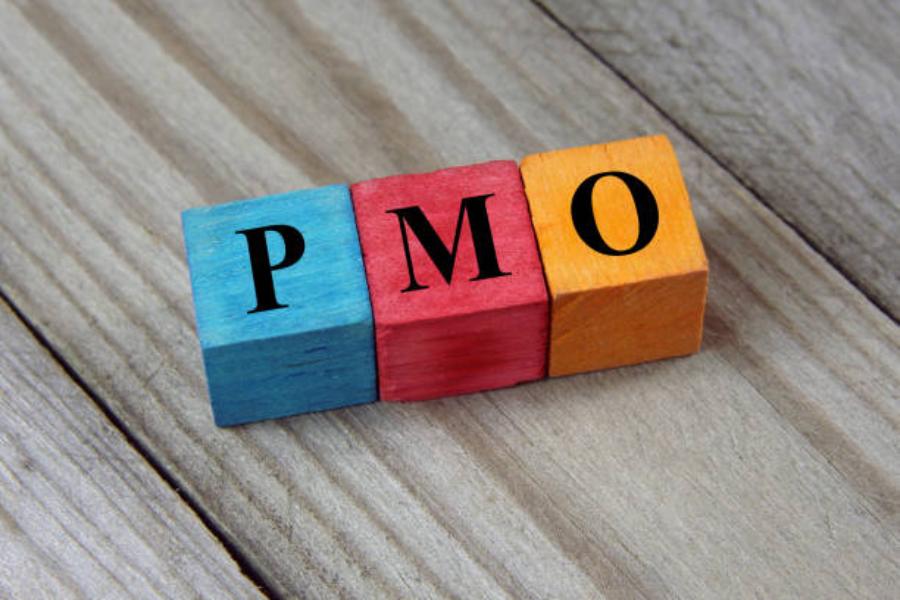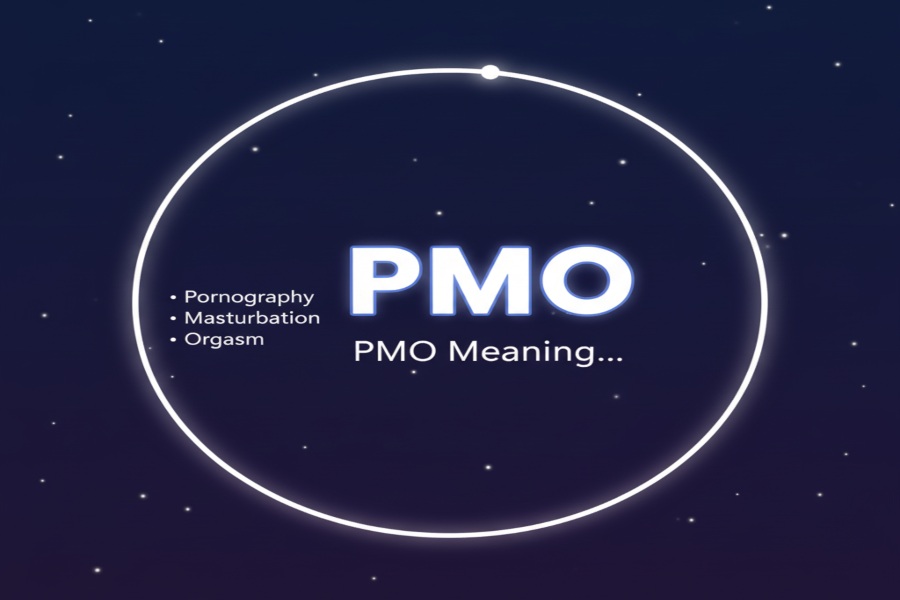A Project Management Office (PMO) plays a pivotal role in ensuring that organizations execute projects effectively. Whether you’re managing one project or a portfolio of initiatives, understanding the meaning of PMO and how it operates is essential.
In this article, we will dive into what PMO means, the types of PMOs, their functions, benefits, and how they help businesses achieve strategic goals.
What is a PMO?
The Project Management Office (PMO) is a centralized department within an organization responsible for overseeing project management practices. It defines, standardizes, and maintains project management processes, ensuring that projects are executed efficiently and aligned with the organization’s strategic objectives.
The PMO provides a structured environment where resources, methodologies, and tools are available to project managers. It ensures that projects follow best practices, reducing risks and enhancing project success rates.
Key Responsibilities of a PMO
A PMO’s responsibilities can vary depending on the organization’s needs and maturity level. Some of the key functions include:
- Standardizing Processes: PMOs establish standardized processes for managing projects, ensuring consistency and efficiency across the organization.
- Resource Allocation: They help allocate resources effectively, ensuring that projects are adequately staffed and equipped.
- Governance and Reporting: PMOs provide oversight and governance to ensure projects stay on track. They monitor project progress, quality, and risk, offering regular reports to senior management.
- Risk Management: By identifying and mitigating risks early, PMOs help prevent project delays and cost overruns.
- Training and Support: PMOs provide training, tools, and resources to support project managers, enhancing the organization’s project management capabilities.
- Portfolio and Program Management: Some PMOs manage entire portfolios of projects, aligning them with business strategy and ensuring the optimal use of resources.
Types of PMOs
PMOs come in different shapes and sizes, depending on their level of involvement and control within the organization. The three main types are:

- Supportive PMO: This type provides resources, templates, training, and support to project teams but does not have direct control over projects. It primarily functions as a consultancy or advisory role.
- Controlling PMO: This type enforces project management standards and ensures compliance. It provides tools and templates, and the project teams must follow these guidelines. However, the PMO doesn’t directly manage the projects.
- Directive PMO: A directive PMO has the most control over projects. It directly manages and oversees the execution of projects. It plays a central role in defining strategies and aligning projects with business goals.
PMO vs. Project Manager: What’s the Difference?
While both PMOs and project managers are essential to successful project execution, they serve different purposes.
- Project Manager: A project manager is responsible for planning, executing, and closing a specific project. They oversee day-to-day operations, manage the team, and ensure the project meets its objectives.
- PMO: A PMO takes a broader view. It’s concerned with overseeing all projects within an organization and ensuring that project management standards and best practices are followed. PMOs often provide project managers with the necessary resources, training, and frameworks to succeed.
How Does a PMO Benefit Organizations?
PMOs deliver tangible benefits to organizations, ensuring projects are completed on time, within scope, and on budget. Here are some of the key advantages:
- Improved Project Efficiency
A PMO standardizes project management practices, ensuring that all projects follow a structured approach. This consistency leads to better execution and faster project completion times. By providing tools and templates, PMOs streamline project workflows, eliminating inefficiencies.
- Increased Accountability
By tracking project performance and maintaining oversight, PMOs ensure that teams are held accountable for their work. They monitor progress, ensure deadlines are met, and offer regular reports to senior leadership. This transparency fosters greater accountability at all levels of the organization.
- Better Resource Management
PMOs are responsible for managing resources across multiple projects. They ensure that resources such as personnel, equipment, and budgets are allocated effectively. With better resource management, organizations avoid overworking employees, reduce costs, and improve project delivery.
- Risk Mitigation
Risk is an inevitable part of project management, but PMOs help reduce its impact. They identify potential risks early and establish mitigation strategies to address them. With a proactive approach to risk management, PMOs help prevent project delays, cost overruns, and resource wastage.
- Alignment with Business Strategy
PMOs play a crucial role in aligning projects with the organization’s strategic goals. They help prioritize projects based on their potential value and ensure that the right resources are allocated to high-impact projects. By managing project portfolios, PMOs ensure that all initiatives contribute to the company’s long-term objectives.
- Improved Communication and Collaboration
PMOs act as a communication bridge between project teams and senior management. They ensure that all stakeholders are kept informed of project progress and any potential issues. By fostering a culture of collaboration, PMOs ensure that project teams have the support they need to succeed.
- Enhanced Project Success Rate
By providing structure, standardization, and oversight, PMOs significantly improve the likelihood of project success. Projects are more likely to meet their objectives, stay on budget, and be completed on time. The overall success rate of projects improves due to the consistent application of best practices.
How to Set Up a PMO in Your Organization
Setting up a PMO requires careful planning and alignment with the organization’s goals. Here’s a step-by-step guide:

- Define Objectives
The first step in setting up a PMO is to define its objectives. Consider the specific needs of your organization—whether it’s improving project delivery, aligning projects with business strategy, or managing project portfolios. Clear objectives will guide the PMO’s scope and structure.
- Choose the Type of PMO
Based on your organization’s needs and project management maturity level, decide whether a supportive, controlling, or directive PMO is the best fit. Consider factors such as the level of control required, the size of your project portfolio, and the skills of your project managers.
- Develop Standardized Processes
Standardize project management processes to ensure consistency across all projects. This includes defining workflows, creating templates, and selecting project management tools. By establishing clear guidelines, your PMO will help ensure that all projects are executed with the same level of quality and efficiency.
- Implement Governance and Reporting Structures
Set up governance frameworks that outline how projects will be monitored and reported. Define key performance indicators (KPIs), risk management strategies, and reporting frequencies. Regular reporting to senior management is critical for maintaining oversight and ensuring alignment with strategic goals.
- Allocate Resources and Build a Team
Identify the resources you need to support your PMO, including personnel, tools, and budget. Build a team of project management professionals who are skilled in overseeing multiple projects and portfolios. Depending on your PMO’s size, you may need a mix of project managers, analysts, and support staff.
- Provide Training and Support
Invest in training and development to ensure your team has the necessary skills and knowledge. Regularly update your team on the latest project management methodologies, tools, and trends. Providing continuous learning opportunities will help ensure that your PMO remains effective and efficient.
- Evaluate and Improve
Once your PMO is established, continuously evaluate its performance. Collect feedback from project teams and senior management to identify areas for improvement. Use this feedback to refine processes, optimize resource allocation, and enhance the PMO’s effectiveness.
PMO Best Practices for Success
To ensure that your PMO functions effectively, follow these best practices:
- Establish Clear Communication: Keep all stakeholders informed about project status, risks, and successes. Open communication leads to better collaboration and decision-making.
- Continuously Assess Project Management Maturity: Evaluate your organization’s project management maturity level and identify areas for improvement. Regular assessments help refine processes and improve the PMO’s impact.
- Use the Right Tools: Leverage project management tools that support the PMO’s objectives. Tools like Wrike, Asana, or Microsoft Project can help streamline workflows and improve collaboration.
- Align Projects with Strategic Goals: Ensure that every project aligns with your company’s business strategy. Prioritize projects that deliver the most value and support long-term objectives.
- Foster a Culture of Continuous Improvement: Encourage feedback from teams and stakeholders. Use that input to improve processes and make better decisions in future projects.
Conclusion
A PMO is more than just a support function within an organization. It is a critical driver of project success, helping businesses streamline project execution, mitigate risks, and achieve strategic goals.
By standardizing processes, managing resources efficiently, and ensuring consistent communication, PMOs significantly improve project outcomes. For organizations seeking to boost their project management capabilities, establishing a well-structured PMO is a step toward long-term success.

